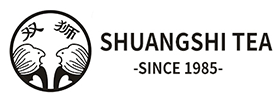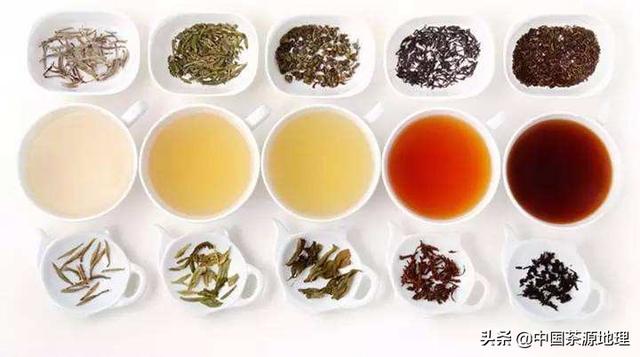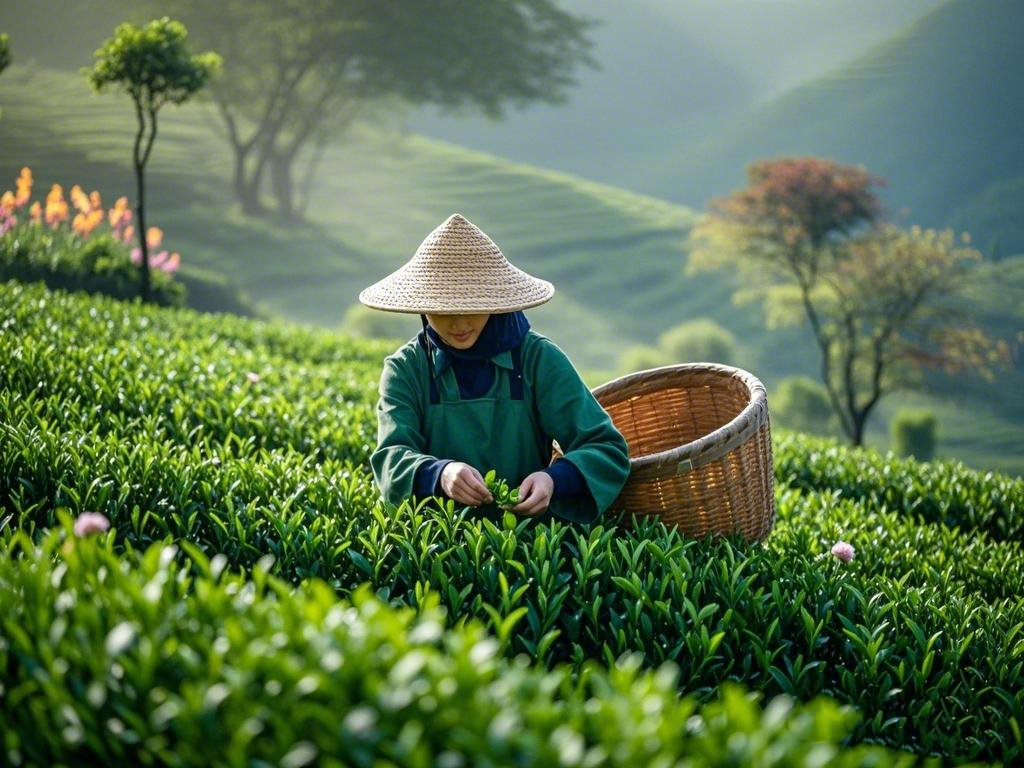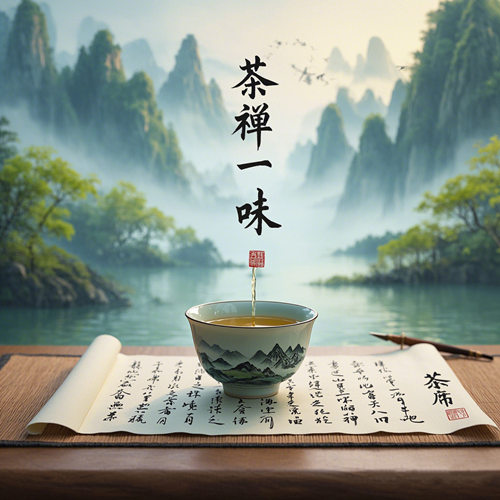In the vast ocean of teas, Gunpowder Tea stands out as a brilliantly elegant pearl. It is not only a treasure of Chinese tea culture but also a bridge connecting the friendships of the world. Today, let’s delve into the world of Gunpowder Tea, exploring its name’s significance, manufacturing process, historical origins, usage scenarios, and the countries it exports to.
The Significance of the Name
The name “Zhucha” embodies the image of a precious, round, and glossy pearl. The word “zhu” refers to the shape and appearance of the tea, resembling a carefully crafted pearl, while also highlighting its exceptional quality and value. Gunpowder Tea boasts a compact and heavy appearance, a lustrous blackish-green color, and a captivating gloss. Its rich aroma and mellow taste are even more enchanting, leaving a lingering impression.
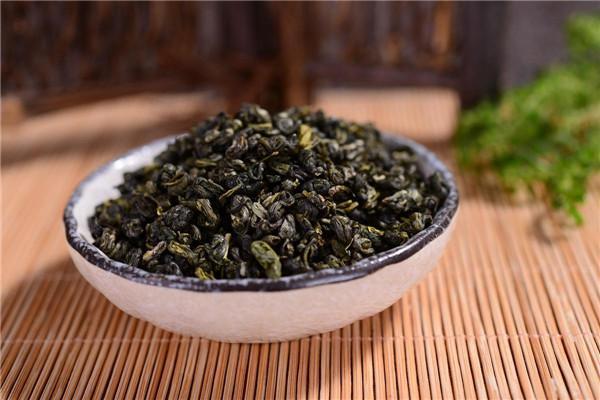
The Manufacturing Process
The manufacturing process of Gunpowder Tea is exquisite and demanding. It primarily involves steps such as fixing, rolling, and drying. During fixing, Zhucha undergoes a method of initial 闷 (闷 means steaming in this context) followed by tossing, which retains the chlorophyll and aroma components in the tea leaves while also softening them for subsequent rolling and shaping. Rolling requires moderate pressure and duration to ensure the desired proportion of intact tea strips and cell disruption. The drying process consists of four stages: stir-frying the second green, small pot, paired pot, and large pot. Through low-temperature and prolonged stir-frying, the tea leaves gradually round up, forming the unique shape of Gunpowder Tea.
Historical Origins
Gunpowder Tea has a long history, dating back to the Tang Dynasty. According to historical records, teas from Yuezhou (the current Pingshui tea region in Shaoxing) were renowned in ancient times. As time went by, the tea-making techniques in Yuezhou gradually matured, evolving into the unique style of Gunpowder Tea. During the Song Dynasty,Gunpowder Tea became a tribute tea, highly favored by the imperial court. In the Ming and Qing dynasties, Gunpowder Tea gained further renown both domestically and internationally, becoming one of the earliest Chinese teas exported. In the 18th century, Gunpowder Tea, known as “Gongxi Tea,” became a sensation in the international tea world, fetching high prices and earning the moniker of “green pearl.”
Usage Scenarios
Gunpowder Tea is not only visually appealing but also beloved for its unique taste and aroma. It is commonly used for tea tasting, entertaining guests, and gift-giving. When tasting Gunpowder Tea, one is delighted by its rich and lingering aroma, as well as its mellow and sweet taste. For entertaining guests and gift-giving, Gunpowder Tea’s exquisite packaging and noble quality demonstrate the host’s sincerity and taste.
Exported Countries
As a representative of Chinese tea culture, Gunpowder Tea has made its way to the world. Currently, it is exported primarily to Africa, Europe, and the United States. In the African market, Gunpowder Tea has won the hearts of local consumers with its unique taste and aroma. In the European and American markets,Gunpowder Tea attracts numerous tea lovers with its exquisite packaging and profound cultural connotation. Notably, the exported “Tiantan Brand Gunpowder Tea” once won a gold medal at the 23rd World Quality Food Selection in Madrid, Spain, bringing great honor to Chinese tea.
Conclusion
Gunpowder Tea, as a treasure of Chinese tea culture, shines brightly with its unique name, exquisite manufacturing process, profound historical origins, and diverse usage scenarios. It is not only a representative of Chinese tea culture but also a bridge connecting friendships across the globe. In the future, we believe Gunpowder Tea will continue to flourish, bringing delightful tea-tasting experiences and cultural enjoyment to more tea lovers. At the same time, we look forward to Gunpowder Tea’s continued presence on the world stage, contributing even more to the promotion of Chinese tea culture and cultural exchanges worldwide.
